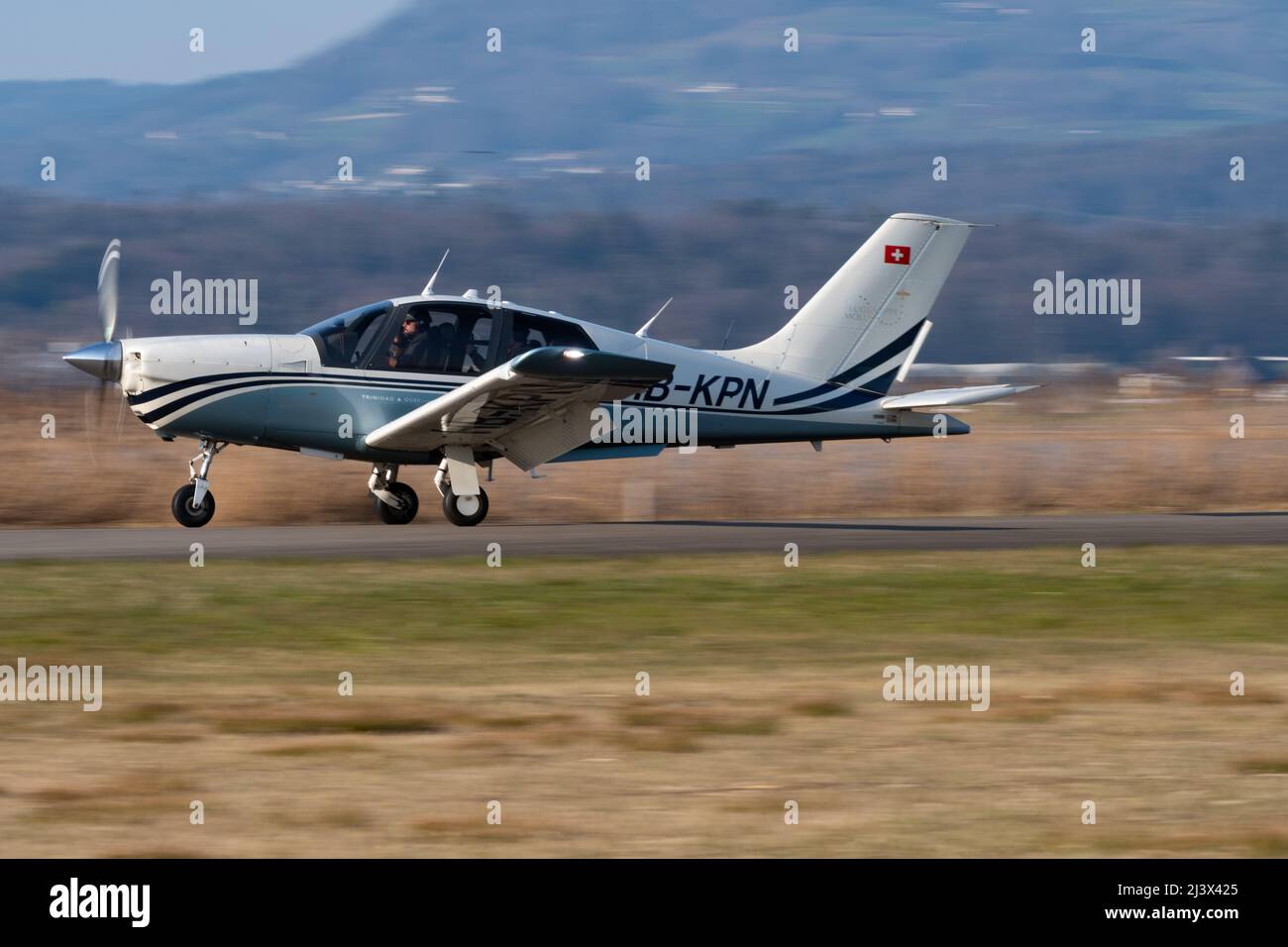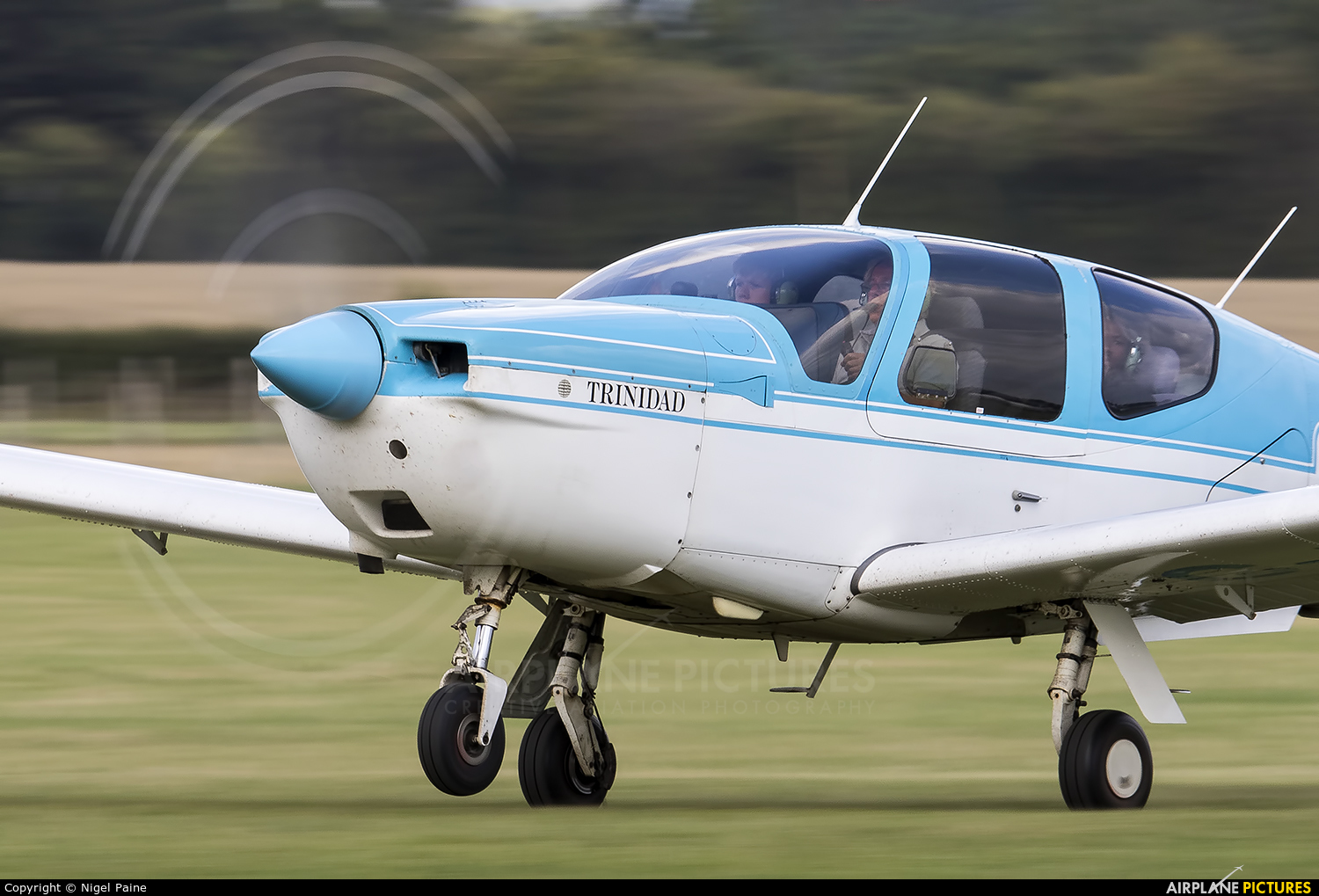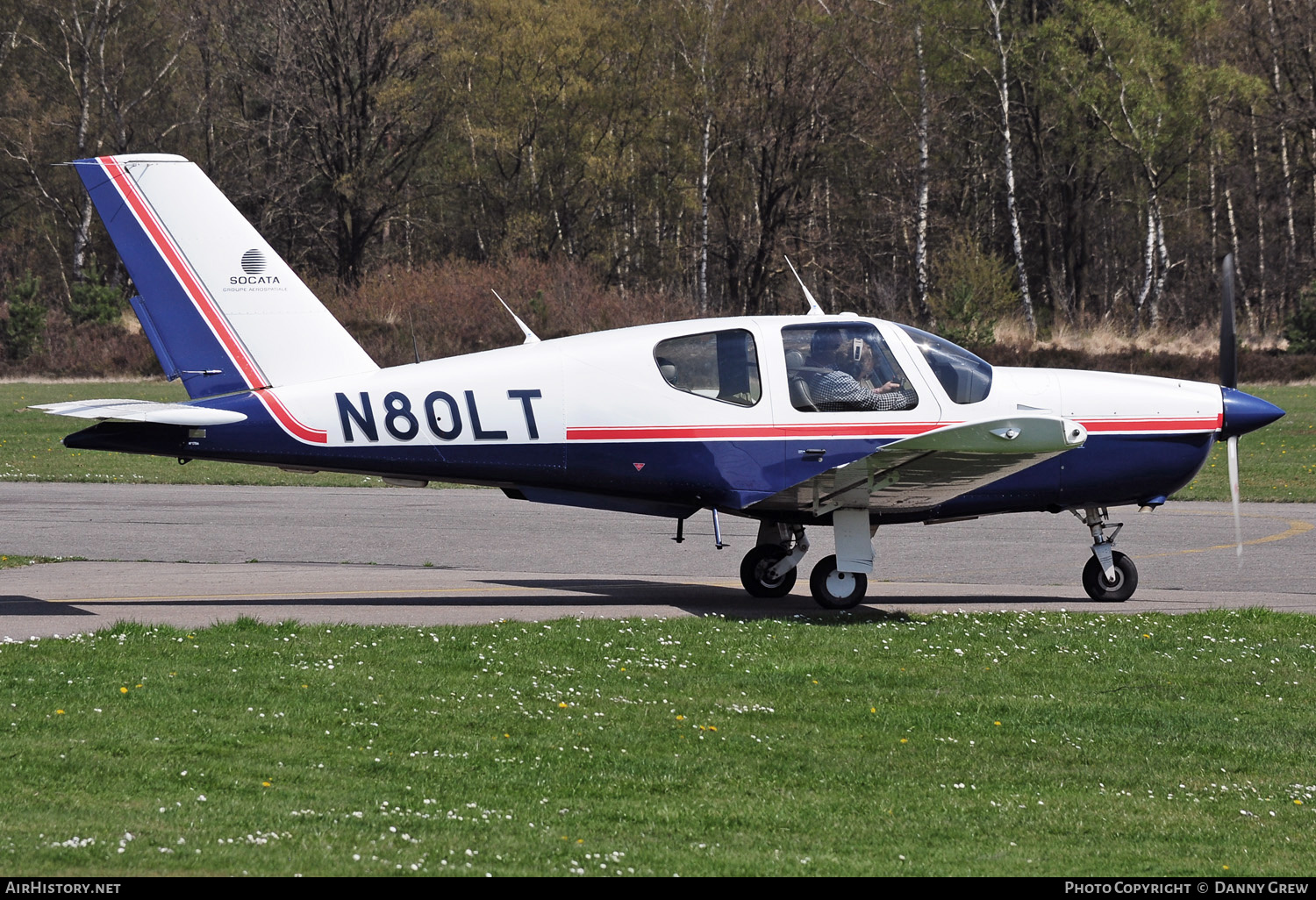Tb 20 Aircraft - Size of this preview: 800 × 533 pixels. Other resolutions: 320 x 213 pixels 640 × 427 pixels 1,024 × 683 pixels 1, 200 × 800 pixels.
This document is from the collection of Pedro Arago and is protected by copyright. Note: This license extends only to this link and photos taken by Pedro Arago, in addition to the files provided by email. It does not include any other content not provided by Pedro Arago from the aforementioned websites.
Tb 20 Aircraft

Copying, distribution, and/or modification of this file is permitted under the GNU Free Documentation License, version 1.2 or any later version published by the Free Software Foundation. Edited parts, no front cover text and no back cover text. A copy of this license is the GNU Free Documentation License. http://www.gnu.org/copyleft/fdl.htmlGFDLGNU Free Documentation License
Socata Tb 20 3d Model
This work is free and anyone can use it for any purpose. If you wish to use this content, you do not need to request permission as long as you comply with any permission requirements stated on this page.
The Wikimedia Foundation has received an email confirming that the copyright holder has approved publication under the terms described on this page. These letters are reviewed by a member of the Volunteer Response Team (VRT) and placed in our consent files. This letter can be accessed by loyal volunteers with ticket number 2011092110023131.
} ==} == {{infobox plane photo = 2013-07-14 | Imageauthor=P...
This file contains additional information such as Exif metadata added by a digital camera, scanner or software program to create or digitize it. If the file has been modified from its original state, some details such as timestamps may not fully reflect the original file. A timeline is only as good as the camera's clock, and it can be completely wrong. This article describes the author's experience flying the Sokata TB20GT since 2002. It's also written to answer frequently asked questions from TB20 buyers about conversion issues, general operation, costs, and things to expect.
File:socata Tb 20 Trinidad, Private Jp7449803.jpg
I started my PPL training in 2000. The goal is to learn to fly and go to faraway parts of Europe so I can see Europe from the air.
PPL at my local airport The training scene is behind the times... The first training aircraft was the PA38 Tomahawk, which was a "fun" aircraft to fly in charity, but the situation was different. The plastic came off the control column many years ago, and one of the long-time students held the rusted bare metal. After a rainy night there was a pool of water on the floor and the plane smelled like an old fashioned pay phone shop. During a pre-fuel oil leak test after a rainy night, it is not uncommon for several test nozzles to come out of the water before fuel begins to flow, possibly due to a clogged cap seal. After 20 hours, I left this school due to this and other unmentionable maintenance issues.
Next school was Cessna 152s and I completed my UK/JAA PPL at this school in May 2001. These are very old, but the flight is very pleasant and the landing is very easy because there is no ground effect.

The first thing you notice during PPL training is that the scene is a far cry from the way I learned to fly. Although training aircraft can practically go along "heavily" (not because of the range), convincing passengers to come is a challenge. The wings were not safe in the sense that they would not fall, but their condition was not very good, and only strong anoraks wanted to travel in them regularly. Technically, a Cessna 152 or PA28-161 means flying from the UK. Prague includes a fuel stop or two, making it a full day's training - in every direction! Falling out of a plane is not falling into a gas station. In Europe, you usually only have to clear customs for mid-air fuel stops, so avoid landing if you don't want to do anything.
Aircraft Photo Of N343tb
After lessons 2 and 3 were cancelled, it became clear that flying without instruments was useless. I booked to fly every day between October and December (that's 90 lessons) and only got 3 lessons due to rain and low clouds! Unfortunately, nothing available for rental was suitable for "real" instrument flight. For instrument training we used one aircraft for VOR work (working VOR but with duffle ADF) and another (duff VOR, duffle DME but with working ADF) for NDB work.
So, shortly after starting my PPL training I started looking for a plane "long term" (group buy or outright). This frustrated various instructors, many of whom were ATPL watchmakers who had never crossed the nearby canal on their charts and knew nothing about the various aircraft models. Naturally they love to rent what I have to offer - the main source of income for self-flying charter flight schools.
This was done by basically getting rid of everything I didn't want. After 66 hours of PPL I have converted and leased PA28-160s and -180s that accumulated about 50 hours on various domestic flights. At this point the requirements are refined:
No doors (difficult to get in and out, and escape in an emergency - I had one of the PA28's two door locks and that was enough)
Socata Tb 20 Trinidad Gt
The actual aircraft is less than 15 years old (aluminum air conditioners require necessary air conditioning units after this point).
RMI with ADF and VOR injection (NDB approach is a European IFR feature, not going away anytime soon)
No matching groups found. All I got was a Sokata TB10 unit, but it quickly became clear that some IFR airlines didn't do it and only VFR members didn't want to pay for the unit for maintenance. This has become a common occurrence at conferences. The aircraft was also in a private CofA and was not used for training for initial licensing or rating (except for 100% ownership and some other circumstances) My immediate objective at the time was IMC rating. . In retrospect, I could have tried to build a team around the whole purchase (new or used), but most of the people I trained immediately left the flight, and there was no clear pool of potential shareholders.

I soon moved on to a variety of open purchase options. I didn't have the budget for anything new at the time. The front runner in terms of specs and budget was another used Socata TB10. The TB9 performed no better than the PA28-160 (fighter) and was rejected. However, the very few TB10s available for sale were in good condition. In the year After their great success in the early 1980s, the TB9/TB10 models sold well (perhaps at inflated prices), resulting in most samples being sold for around 20 years.
Kathryn's Report: Socata Tb 20 Trinidad, N28070: Fatal Accident Occurred April 17, 2017 In Sierraville, Sierra County, California
In early 2002, the budget situation improved and new procurement options were considered. The list of aircraft that met the technical requirements was surprisingly short.
The first two are very recent designs, while the Tube range - "ultra-modern" by typical Cessna/Piper standards - dates back to the 1980s. The TB20 is the only retractable gear aircraft in the lineup.
Fiberglass Cirrus' main innovation is the full-plane parachute, which selects some emergency missions. Structural failure or engine failure at night or in "impossible" locations. However, it does not have ADF or DME. These (and DME still) were legal requirements for IFR in controlled airspace in the UK, and DME is required for IFR almost everywhere in Europe. When a Cirrus salesman was asked about it, he said, “Never mind; GPS is better” (true, but not really) and turned around to address a customer who didn't ask another awkward question. I later realized that the ADF and DME can be rebuilt as a crude hack on the right side of the dashboard, but what if the dealer has this arrogant attitude before you get paid? Build quality isn't great either, with lots of sharp edges and mismatched trim. Cirrus does
Aircraft appraisal online, free aircraft appraisal, aircraft appraisal services, aircraft appraisal cost, aircraft appraisal jobs, aircraft appraisal course, aircraft appraisal training, business appraisal, rolex appraisal, appraisal software, 409a appraisal, aircraft appraisal report
Post A Comment:
0 comments so far,add yours